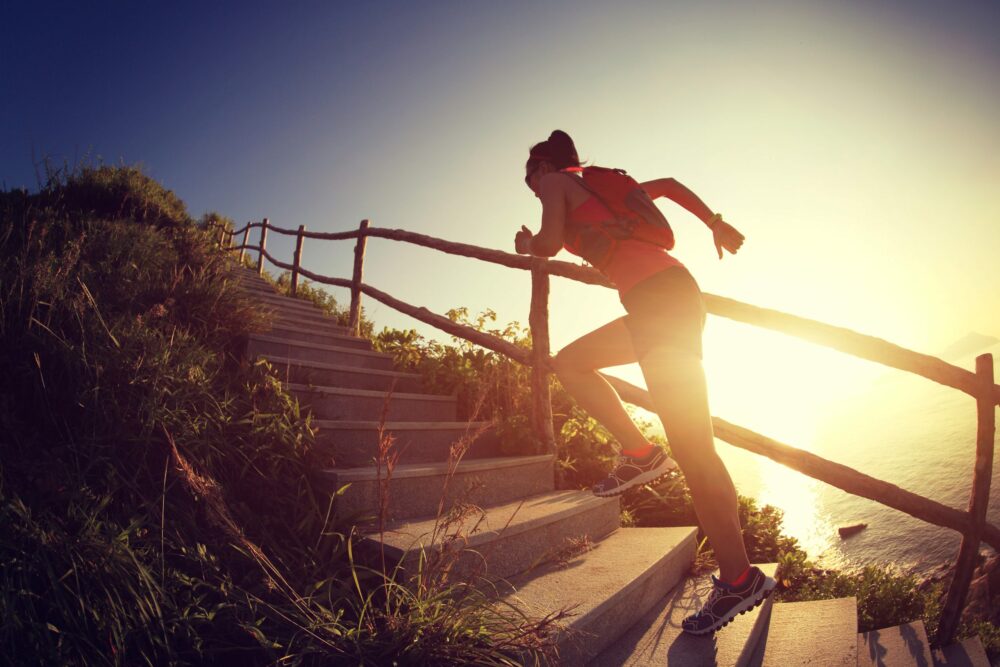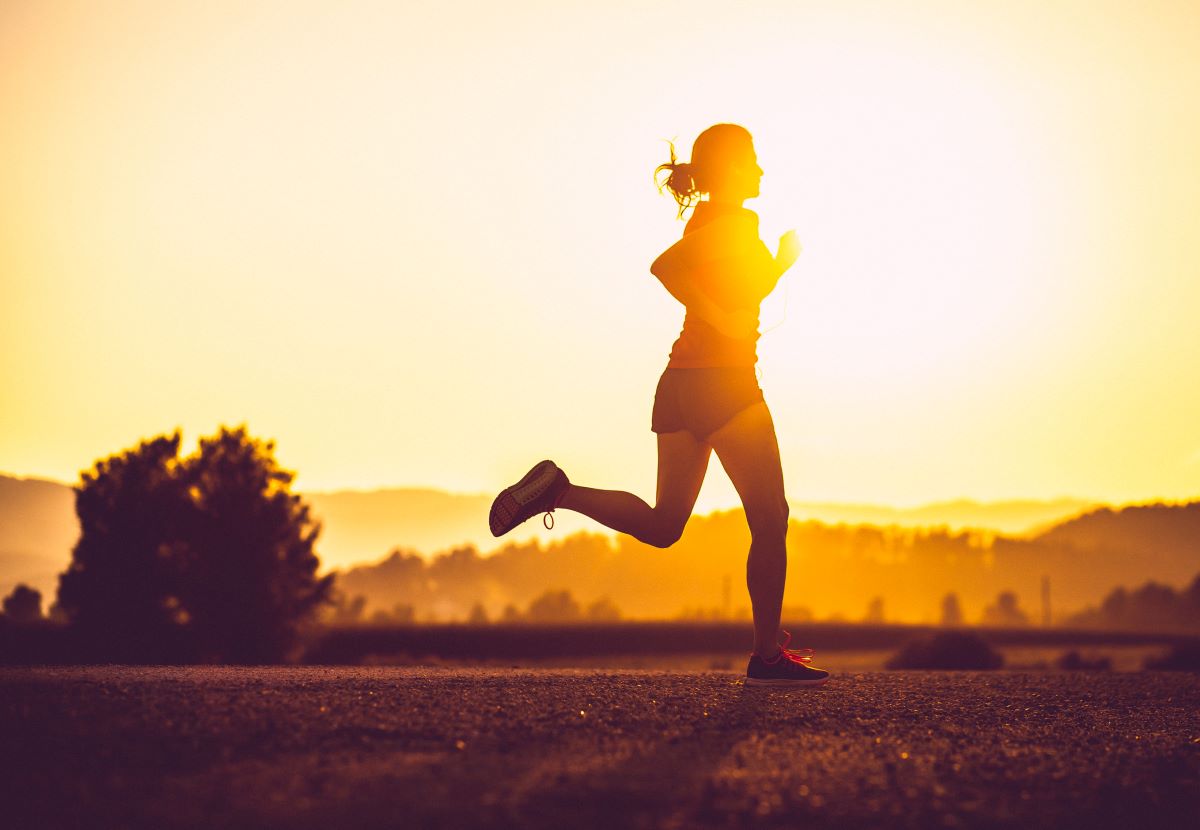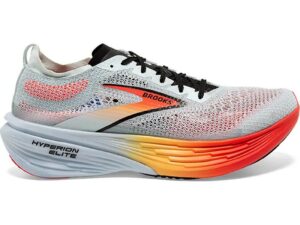Ignore these myths about your knees
Your knee joints are actually incredibly strong—and they're made to be used

It’s the (incorrect) running advice non-runners love to give us: “running will wreck your knees!” While there’s a growing body of research that running strengthens, rather than destroys, your joints, you probably don’t realize how tough your knees actually are, GQ Magazine recently reported. To have unshakeable knee joints, you need to use them—here’s how and why.
Note: if you’re feeling intense pain rather than some mild soreness and inflammation, now is not the time to push through or try new things—instead, consult a sports medicine professional.
“Don’t let your knees go past your toes”
The “knees over toes” rule is often touted when it comes to mobility and strength training, cautioning adults to show restraint when performing activities like squats. Dr. Howard Luks, a New York-based orthopedic surgeon, suggests otherwise. “You can squat your knees over your toes all you want,” he says. Instead of focusing solely on knee position, he recommends paying attention to the basics: a neutral back position and an engaged core. This not only improves your squat, but also aids in everyday movements like lifting objects or standing up.
“If you feel knee pain, stop immediately”
Many of us panic if we feel a twinge in our knees after some tough training, and take some time off to let what must surely be an injury heal. Not so fast—Dr. Luks says you don’t need to throw in the towel when you experience mild soreness, explaining that pain is not always a mechanism telling us to stop immediately.
Instead of taking time off, Dr. Luks suggests simply scaling back, explaining that a twinge in your knee or a bit of swelling is probably an indication of mild arthritis, rather than a mechanical issue. “Our knees are not fragile,” he says, adding that most minor aches and pains will benefit from movement. Head out for a 5K run instead of an 8K, and adjust depending on how you feel—or start adding more walks to your routine, something that a 2023 study showed corresponded with reduced pain in people with knee osteoarthritis.

How to get started
Keep it regular
Luks suggests prioritizing consistency over intensity. If going hard results in several forced rest days, opt for more gentle movement until you get stronger—getting some exercise of any intensity is better than none.
The knee bone is connected to the hip bone
The children’s song is correct—all the joints in your body work together. You may feel some soreness in your knees as a result of tightness in your ankles and hips. Focus on strengthening your entire legs, including glutes, ankles and hips, to have healthy limbs, capable of logging all the miles.


